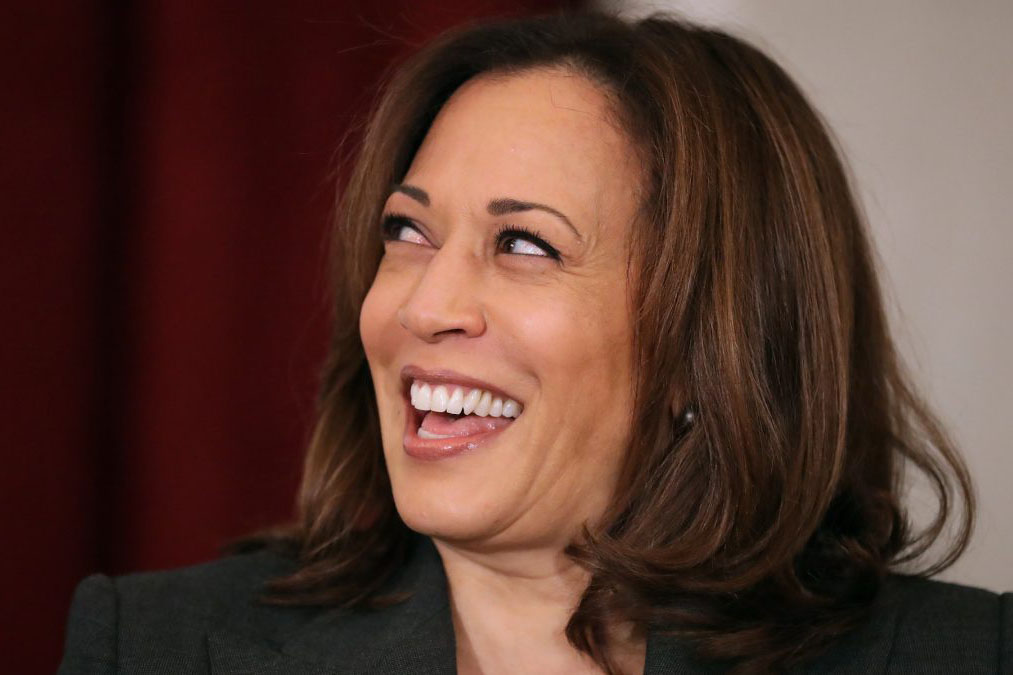There came a couple of times in the second televised Democraticpresidential debate on June 27 when the candidates approached something thatfelt like actual drama. Once, Sen. Kamala Harris of California turned it intothe best quip of the night. And once, she turned it into a crusade.
She drew one of the biggest audience reactions when two orthree primary opponents – it was hard to tell precisely who they were or whatthey were saying in all the tumult – got into what Harris called “a foodfight.”
And then, in maybe the smartest segue of the night, she said,“America doesn’t want to witness a food fight. They want to know how to putfood on their table.”
The big auditorium crowd roared over the line. But Harriswas just getting started.
“Yeah,” she said, citing Trump administration boasts aboutlow unemployment numbers, “people are working – in two and three jobs. Nobodyshould have to work more than one job to put a roof over their heads.”
Now she was getting to the heart of the 2020 Democraticcampaign for president. Maybe the Dems learned something four years ago, maybenot. Maybe they learned it’s not enough to talkabout Donald Trump, whose flaws are evident enough. They’re a given, likebad weather or backups on the Beltway.
The Democrats have to stand for something. And what they have to stand for are those millionsof Americans who have fallen increasingly behind the economic curve over thepast 40 years – and haven’t seen either political party make an honest attemptto narrow the gap between those bathed in glitter and the rest of us.
This is a nation, economists tell us, where the wealthiest0.1 percent now own nearly as much as the bottom 90 percent. Does that soundsane to anyone? As Bernie Sanders has been hockingus for the past three years – and mentioned twice during the TV debate – “threepeople own more than half the country, and half a million are sleeping on thestreets.”
But Kamala Harris touched on the other great Americandivision – race – and aimed it straight at former Vice President Joe Biden, whooffended many last week when he talked about days of congressional “civility”and invoked the names of a couple of racist senators.
It was Biden’s attempt to show he can work with anybody. But the linkage to two segregationist dinosaurs touched a raw nerve with Harris, the biracial former prosecutor.
She used the reference to personalize the nation’s racialhistory. She mentioned a childhood neighbor who wouldn’t allow her whitechildren to play with her. And she cited, in that same era, Biden’s opposition tobusing.
“There was a little girl in California,” Harris said, “whowas a part of the second class to integrate her public schools, and she wasbused to school every day. And that little girl was me.”
Biden said Harris was mischaracterizing his record. “I didnot praise racists,” he said. A moment later, he added, “I ran because of civilrights.”
But he seemed to run out of steam. He stopped abruptly,saying, “Anyway, my time is up.” He is 76. At that moment, it was hard to tellif he was talking about his debate time or his time in politics.

A former Baltimore Sun columnist and WJZ-TV commentator, Michael Olesker is the author of six books, most recently “Front Stoops in the Fifties: Baltimore Legends Come of Age” (Johns Hopkins University Press).





